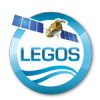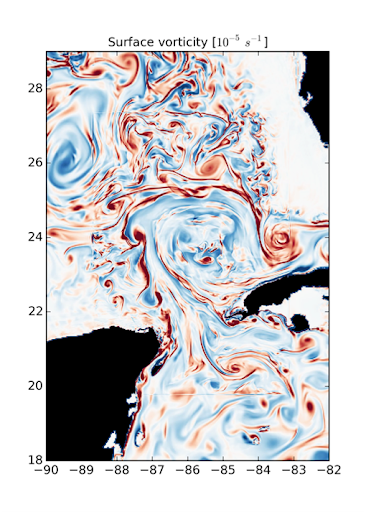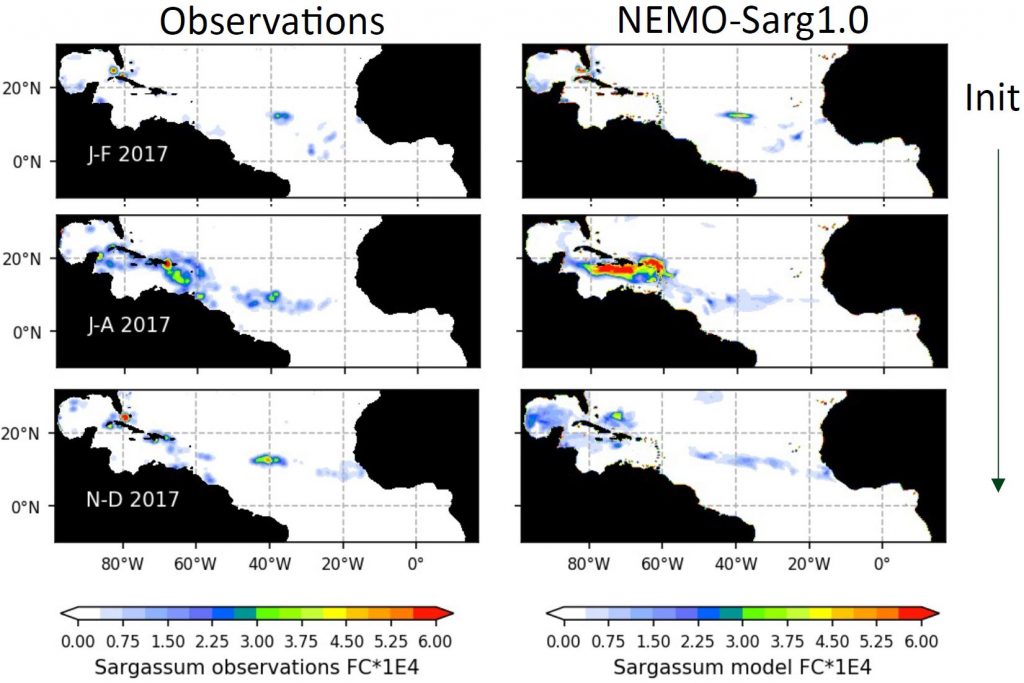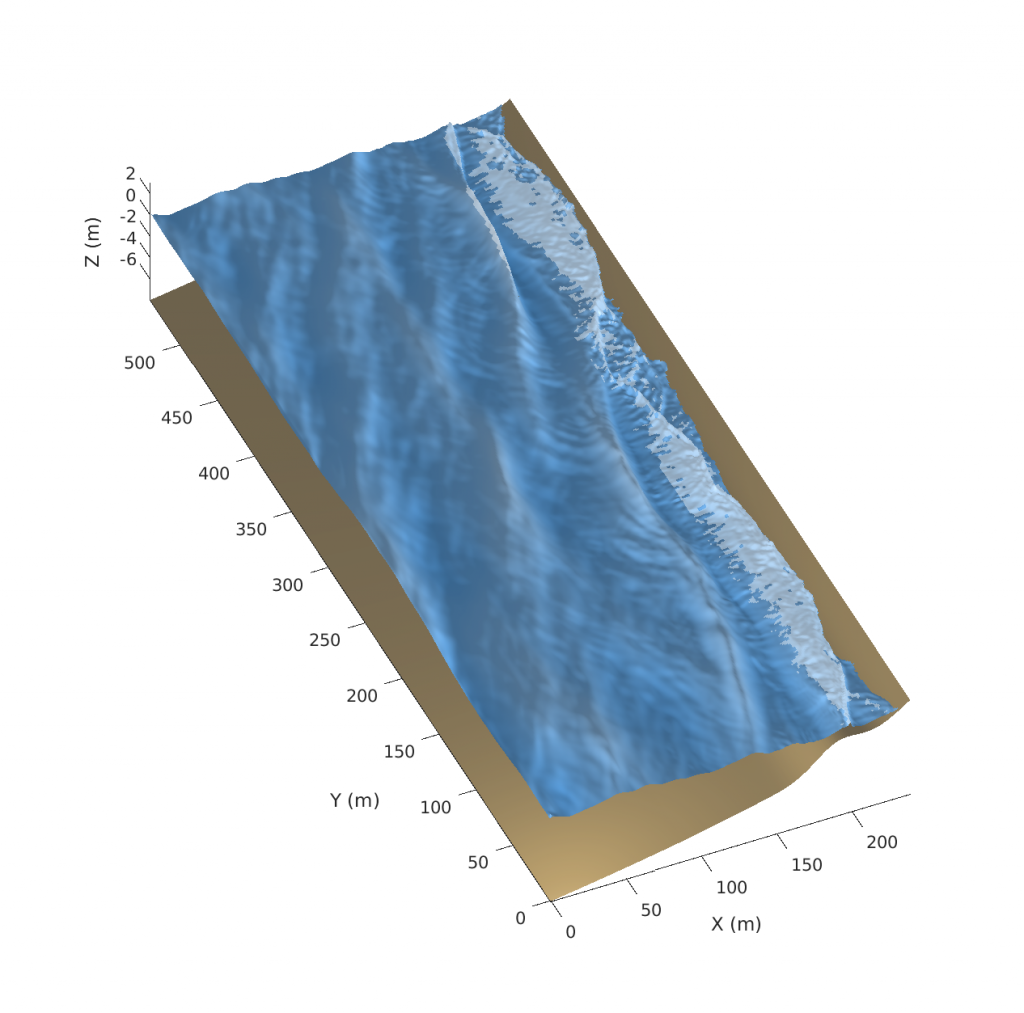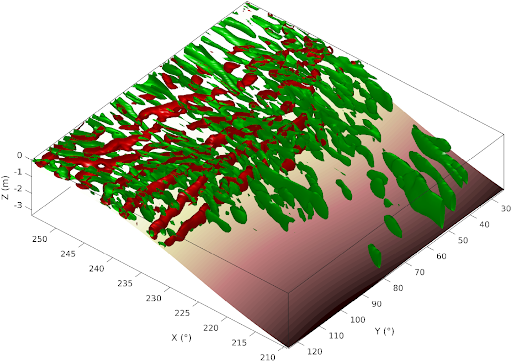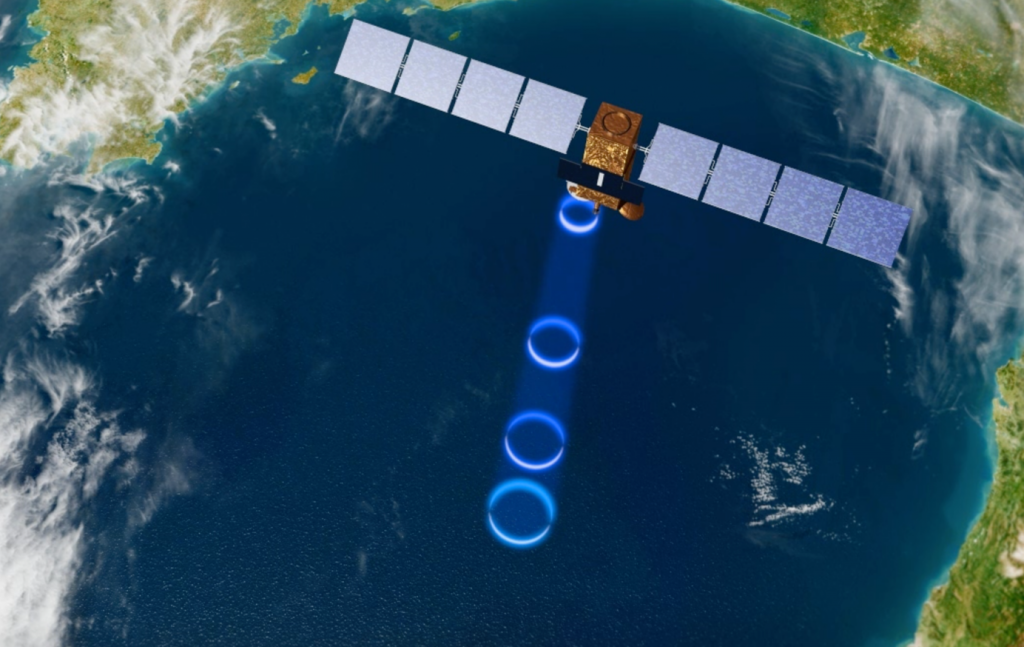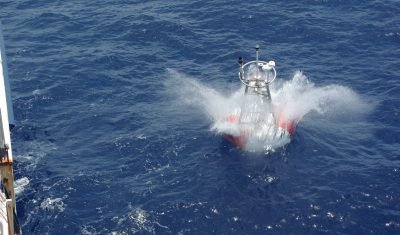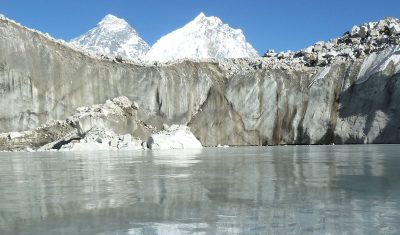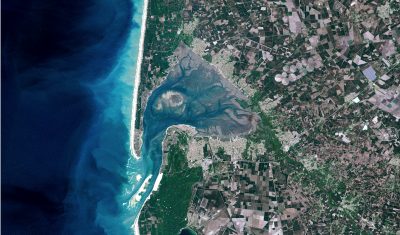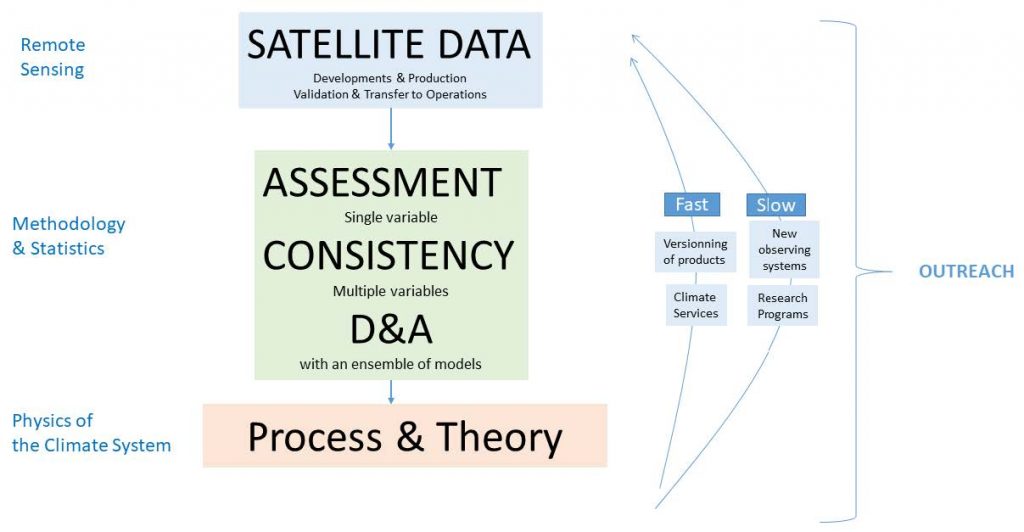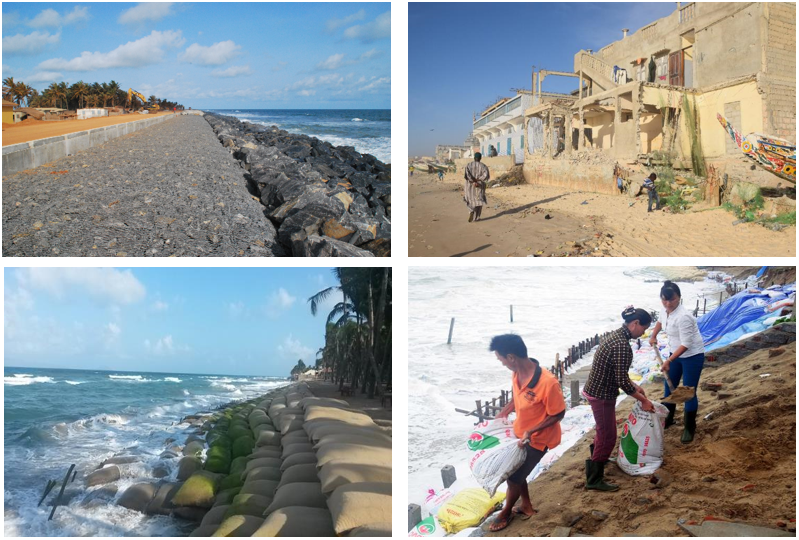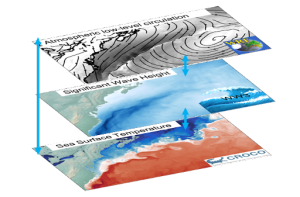Publisher: Direction– Updated on 24/03/2023
The role of numerical modeling in the laboratory
Scientific computing and numerical modeling in particular take an increasing part in our activities, both as users and developers of scientific software. These activities can be structured in 2 categories:
- Research modeling
- Development of numerical models
- Hydrodynamic and/or biogeochemical modeling
- Hybrid” modeling: multi-parameter, multi-disciplinary, multi-scale
- Coupled modeling: atmosphere, biogeochemistry, geochemistry, waves, sediment, hydrology
- Development of model pre/post-processing tools
- Development of numerical tools to support space missions (e.g. SWOT altimeter simulator)
2. Forecasting and learning tools
- Development of numerical codes for data assimilation
- Ensemble/stochastic forecasting tools
- Probabilistic, detection/attribution methods
- Identification and/or optimization of parameters
- Complex systems, Machine Learning/Deep Learning.
In these different categories, LEGOS actively contributes to the development of research numerical codes as designer, contributor, integrator of heterogeneous codes, and expert user. In particular, the laboratory contributes very actively to the following codes: NEMO (large-scale modeling), CROCO (regional and coastal modeling), PISCES (global biogeochemistry), BioEBUS (biogeochemistry of upwelling zones), and is a designer of the following codes: T-UGOm (finite element modeling), FES (spectral tidal modeling), SYMPHONIE (ocean circulation modeling), ECO3M-S (biogeochemical modeling), SpEnOI (assimilation for tides), the Tidal Toolbox, SDAP (ensemble data assimilation), DREAM (semi-empirical modeling for climate studies), and several Machine Learning algorithms.
In addition to the above tools, the laboratory is an expert user of OASIS, WRF, HYCOM, SCHISM, NPZD biogeochemical models, hydrological models, predictive and probabilistic tools, detection/attribution methods, and methods of emerging constraints.
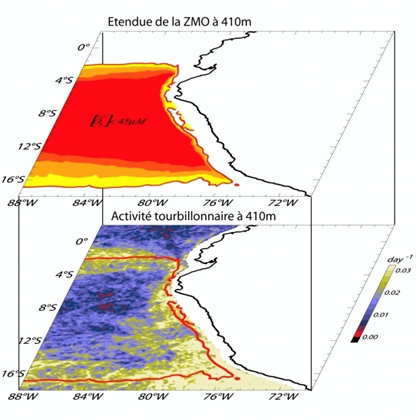
These various activities are carried out in sync with the prospective context of our supervising institutes (in particular INSU/OA, INSU/SIC, IRD/OCEANS and IRD/DISCO), of the Ministry of Higher Education and Research (in particular the French 3IA network on artificial intelligence), Copernicus services (in particular CMEMS and C3S), and feed an active and rich collaboration with our colleagues of Mercator Ocean International (MOi)
The “Atelier Numérique” (Digital Workshop) of LEGOS
A transverse entity for coordination and support on these activities across the laboratory teams is the LEGOS Atelier Numérique, created in 2018. The mission of the Atelier is to progressively address a number of needs:
- development of a common ocean modeling platform at LEGOS, with a platform manager recruited in 2018 ;
- numerical assistance to research teams: adoption of the modeling platform, adaptation to new architectures, access to new computing centers, assistance with regional modeling configurations, information on available configurations
(https://forge.ird.fr/legos/atnum/configs_wiki/-/wikis/Configurations) ; - animation on the scientific computing theme, including thematic and tool-based discussions and coordination;
- Coordinated interface with OMP’s own Atelier Numérique, notably around the ANITI program and the ENV’IA (machine learning) project;
- coordinated interface with partners: Mercator Ocean International, SHOM, NEMO, CROCO, COMODO, ad hoc groups within the supervising institutes, etc.
SIROCCO Community Code (CC)
The SIROCCO Community Code (https://sirocco.obs-mip.fr/) has been housed at the laboratory since 2020. SIROCCO contributes to several key LEGOS activities, including tidal, nearshore, coastal and regional modeling, and a significant number of collaborations in the South. It includes the T-UGOm and FES tidal models, the SDAP (https://sourceforge.net/projects/sequoia-dap/) and SpEnOI assimilation codes, the SYMPHONIE ocean circulation model, as well as couplings (biogeochemistry, sediment, atmosphere, waves, lagrangian transport e.g. of larvae and microplastics) and tools for analysis, visualization, build-up of new configurations, validation and assessment of observational networks and tidal atlases. As a labelled CC, SIROCCO is also an interactive service, allowing the transfer of numerical tools, products and expertise (in particular the set up of new configurations), as well as meeting new development needs of general interest. The T-UGOm code and the Tidal Toolbox are used for the generation of de-aliasing correction simulations and the processing of space altimetry and gravity observations, in collaboration with CNES (AVISO) and CTOH. These codes are now included in operational processing chains (CNES/ESA/NASA for the most part) and in international GNSS standards (ITRF).
CROCO Research Group (GdR and GDRI-Sud) CROCO
The laboratory participates actively as designer and developer of the CROCO system (http://www.croco-ocean.org/), within the GdR (CNRS/SHOM/IRD/Ifremer/Inria) of the same name, which aims to provide an offer in response to the fragmentation of the French regional and coastal modeling community. This GdR is complemented by a GDRI-Sud (IRD) led at LEGOS and including more specifically partners from the South wishing to have a more active role in modeling tools. The CROCO modeling platform is complementary to the NEMO platform for very fine scales and coastal modeling. In particular, LEGOS contributes to its non-hydrostatic numerical core, which allows for the accurate resolution of three-dimensional turbulence, surface waves that generate coastal circulation, and large-amplitude internal waves. In addition, LEGOS is actively involved in the development of a regional coupled system around the CROCO ocean component, including: atmosphere, waves, sediment transport, morphodynamics, biogeochemistry and biology. Another ambition of CROCO developers at LEGOS is to provide a portable code for data assimilation and operational oceanography. The community numerical developments are conducted in close collaboration within OMP (LAERO), but also with CROCO developers in Grenoble, Brest, Marseille, Los Angeles, and progressively in other countries in the North (Europe, USA) and South (GDRI-South CROCO).
